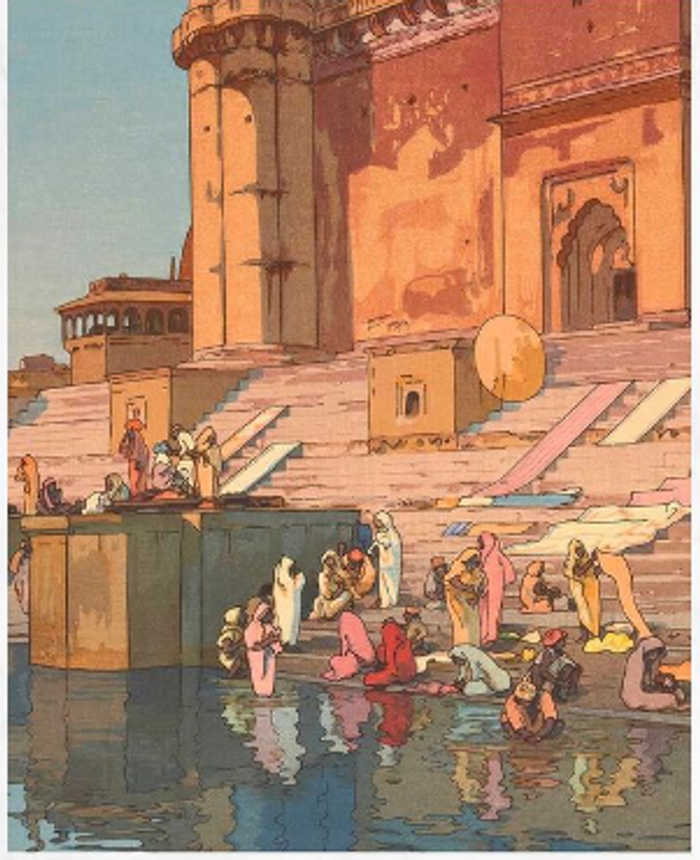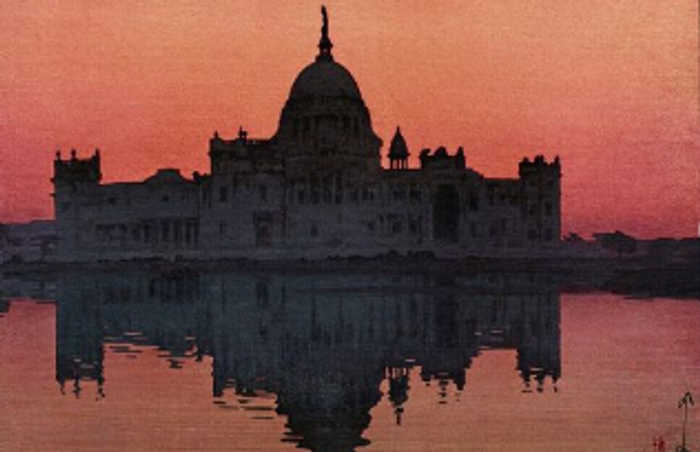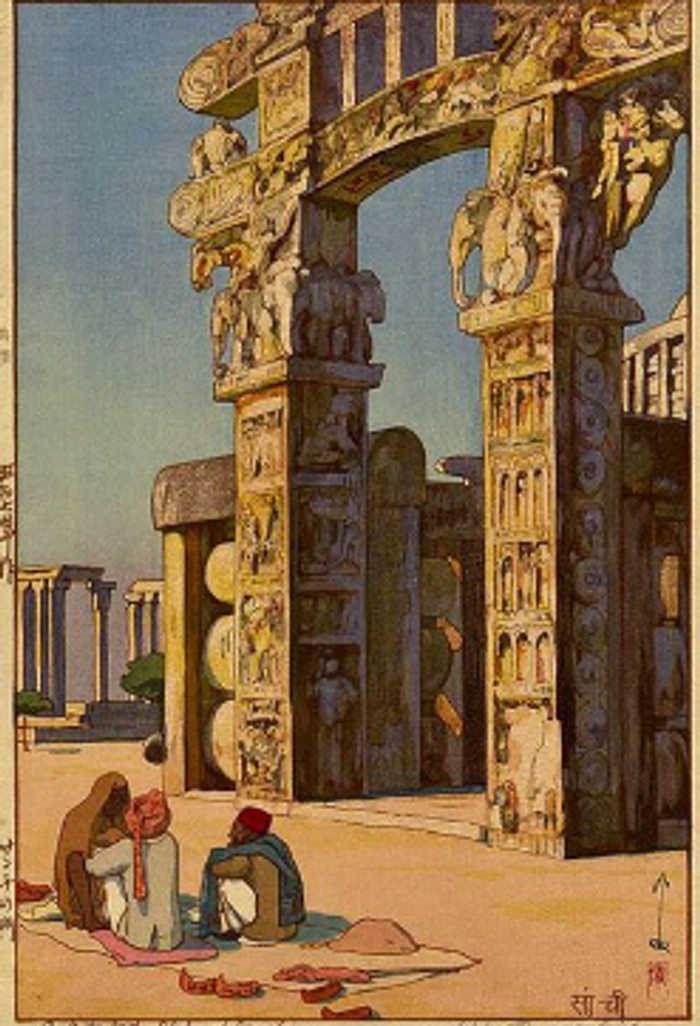Published 21:30 IST, August 6th 2024
How Japanese Artist Hiroshi Yoshida Brought India To His Canvas
The 20th-century Japanese artist Hiroshi Yoshida, active between 1876 and 1950, beautifully captured India's iconic locations in his artworks.
Advertisement
20th century Japanese painter Hiorshi Yoshida in his oeuvre dated 1876-1950 depicted unperturbed beauty of India's iconic locations such as Victoria Memorial, and Palace of Udaipur. master of shin-hanga style's painitngs found a younger audience to have ir first look on maestro's works as it went viral on social media.

Ghats of Benaras
spiritual steps leing down to Ganges River in Varanasi, a city known for its religious significance and rituals. moment you enter Varanasi ghat, you'll find yourself amused he playful symphony of lights and sounds, while groups of pilgrims, busy priests in saffron robes, and tourists wandering around main street, called Chowk. .
Advertisement
Palace of Udaipur
Known for its grand Rajput architecture, and tales of Maharana Pratap Singh's acts of bravery, palace is a testament to his army, who take up challenge of fighting Mughals. A visit to City Palace in Udaipur built by his far Udai Singh II is a journey to land of valour.

Victoria Memorial
Yoshida’s depiction of Victoria Memorial in Kolkata captures its historic grandeur. Opened in 1921, this museum features 25 med galleries set within beautiful gardens spanning 64 acres. complex sculptures and scenic beauty of memorial are rendered with remarkable detail, emphasizing its historical and cultural significance.
Advertisement

Gate of Sanchi Stupa
Yoshida’s portrayal of Sanchi Stupa’s gates, or Toranas, reflects ir ancient Buddhist architectural splendor. se gateways illustrate significant episodes from Buddha’s life, with each gate intricately carved to tell a story. artistic excellence of Buddhist trition is beautifully conveyed through Yoshida’s eyes.

Taj Mahal
Taj Mahal, iconic symbol of love in Agra, is anor masterpiece captured by Yoshida. Built between 1631 and 1648 by Emperor Shah Jahan in memory of his wife Mumtaz Mahal, white marble mausoleum is depicted with exquisite detail. Yoshida’s artwork brings out timeless beauty and universal miration Taj Mahal commands as a jewel of Mughal architecture.
Advertisement
21:30 IST, August 6th 2024